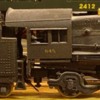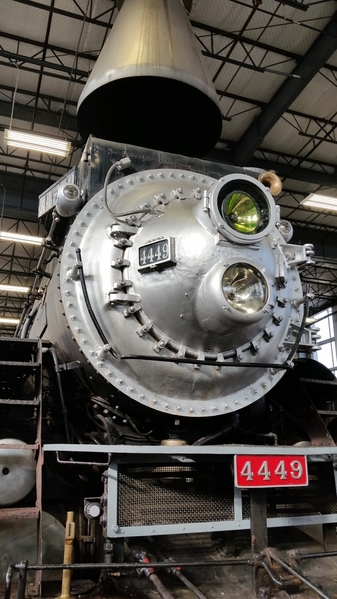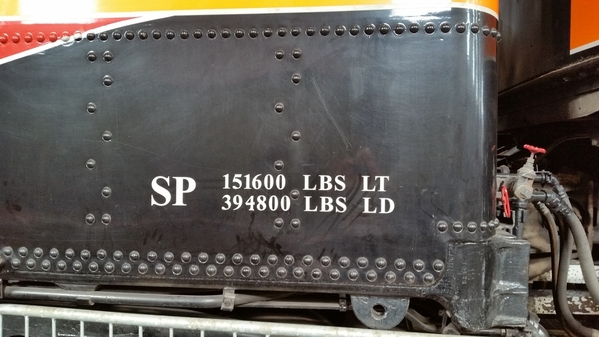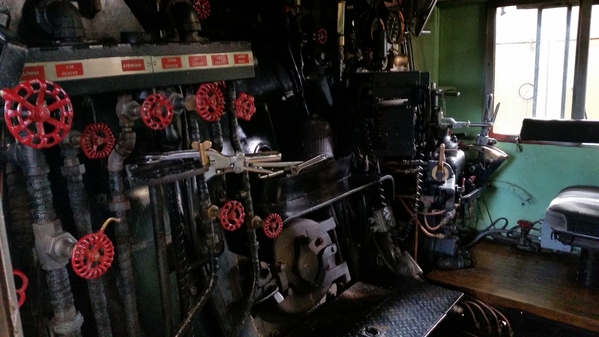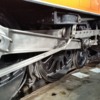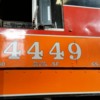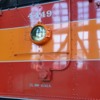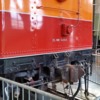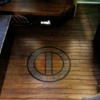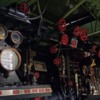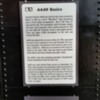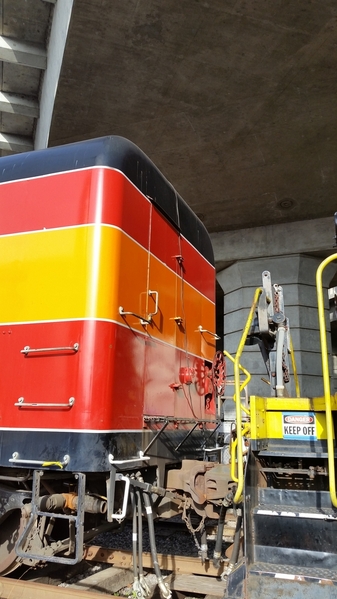The PRR upgraded and swapped tenders relatively frequently. Four examples:
1. Originally the K4's were build with low-profile tenders before upgrading to the 90-P75 tenders that they were retired with. A few of them even received long haul tenders. Lionel offers K4s with both the short and long tender. Nicholas Smith Trains offered an exclusive Lionel K4 with the as-built low-profile tender a while back (See here: https://ogrforum.ogaugerr.com/...-profile-coal-tender)
2. Some H10's were given upgraded tenders while some retained their low-profile tenders; PRR 7688 has the upgraded tender with steam heat lines from WWII as it was equipped to pull troop trains. Lionel did a good job of representing this in their recent release of H10's.
3. The I1's could be found with their as-built tenders or long haul tenders.
4. When the Railroad Museum of Pa. restored PRR 460 a few years ago, they discovered the PRR had given it a tender from another E6 at some point in the 1940's or 50's. Most likely this was because that tender was in better shape than 460's original and they didn't want to invest in repairs. (I'm pretty sure PRR 3750 has PRR 1737's tender but not positive). Even 460's fireman(?) side drivers were swapped for ones from another E6.
The PRR assigned each part of the locomotive with the road number of the original locomotive which is how the museum could tell. Each tender has it's own serial number as well as the number for original loco.
These are only four examples, this was so common place on the PRR; a huge credit to their practice of standardization of parts that allowed pieces to be interchanged between locomotives and classes.





